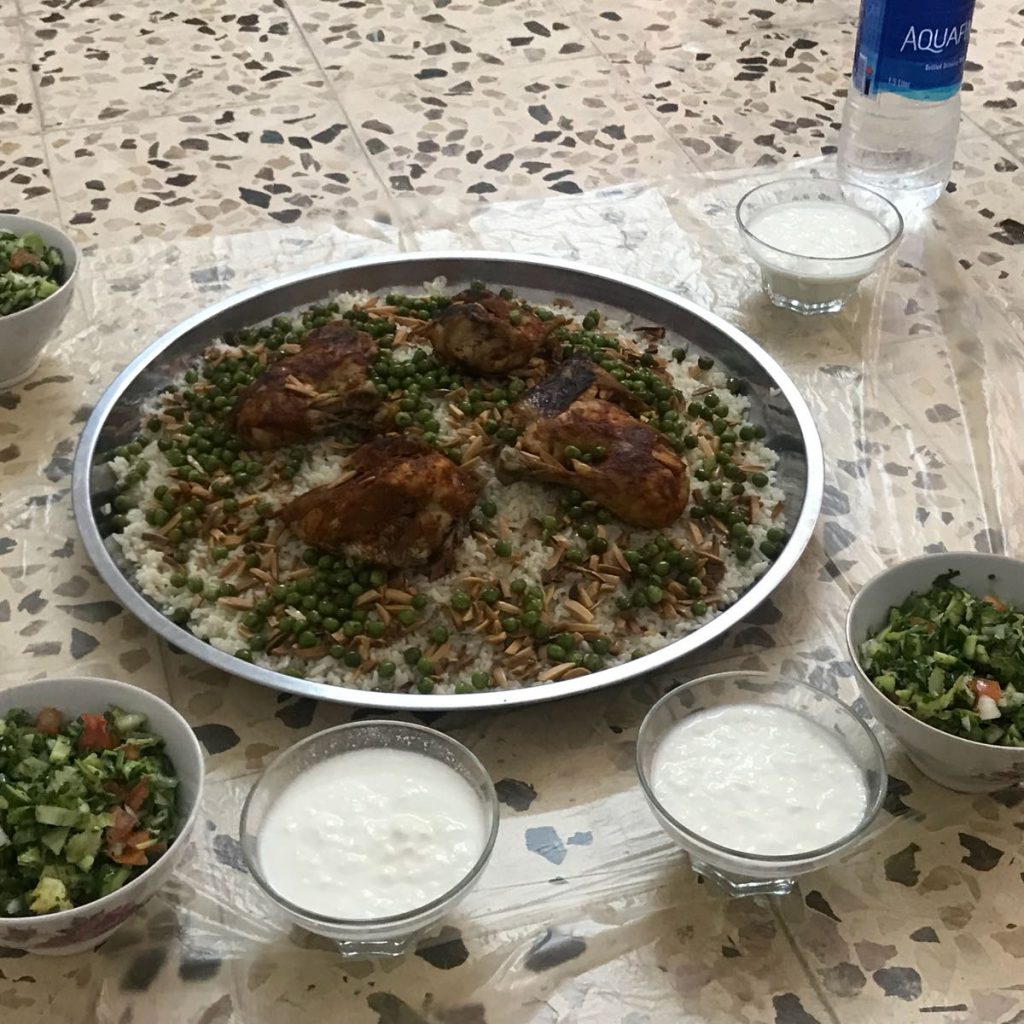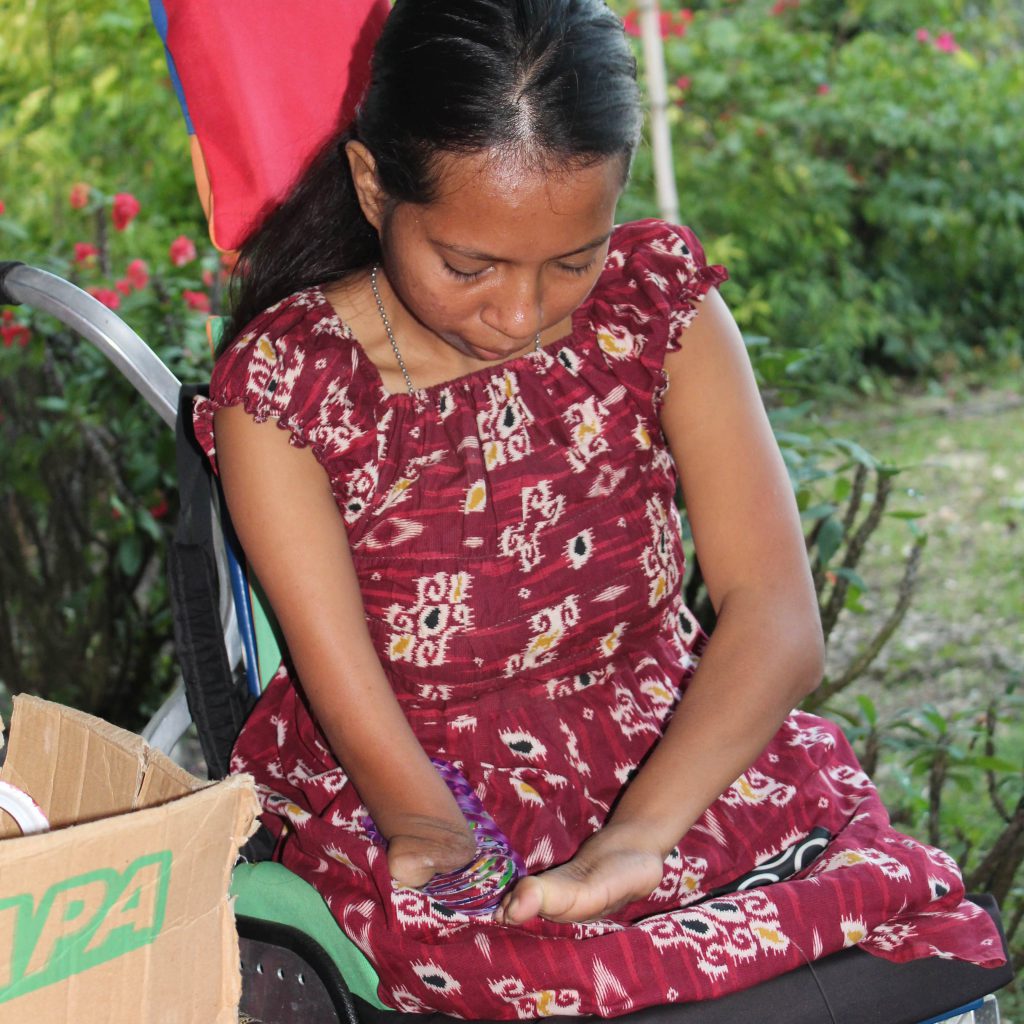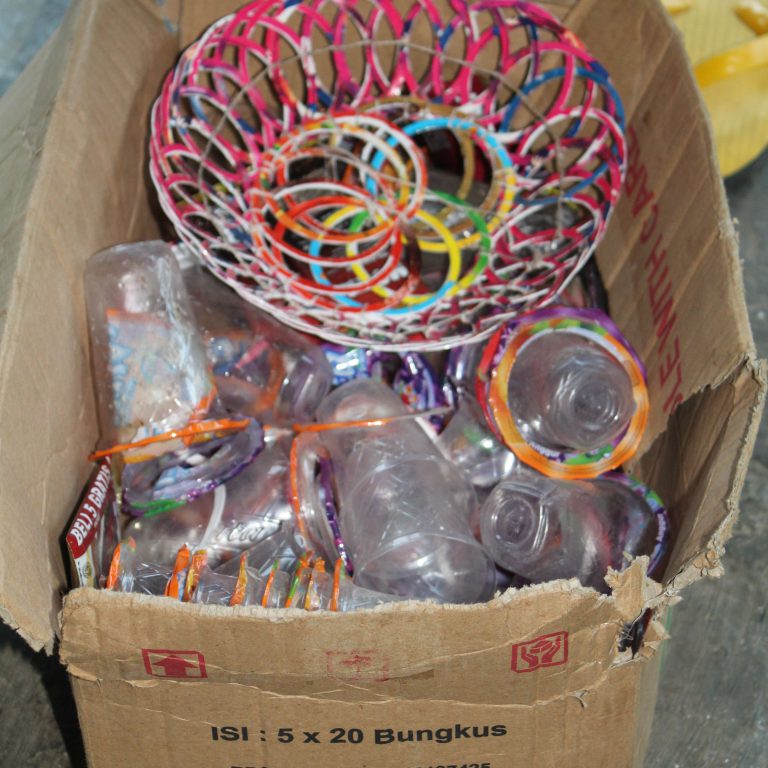
During my time in Morocco, I decided I wanted to do something for the stray animals of Morocco. While traveling, you often encounter sick and hurt animals but there is not much you can do about it. Now that I was staying at one place, nearby an animal shelter, I decided it was time for me to start volunteering for the animals. This nearby shelter is called Morocco Animal Aid and I will tell you more about them in this blog.
Who are they?
MAA is a small non-profit organisation based near Aourir (Assersif) at the Atlantic coast of Morocco. They vaccinate, treat and feed the dogs, cats, donkeys etc. in the surrounding area and are home to over 120 animals on their land. They make sure that all the animals get the help they need and try to put them up for adoption when they are ready. Some dogs are lucky to find a home outside Morocco and MAA helps them to get to their new homes.
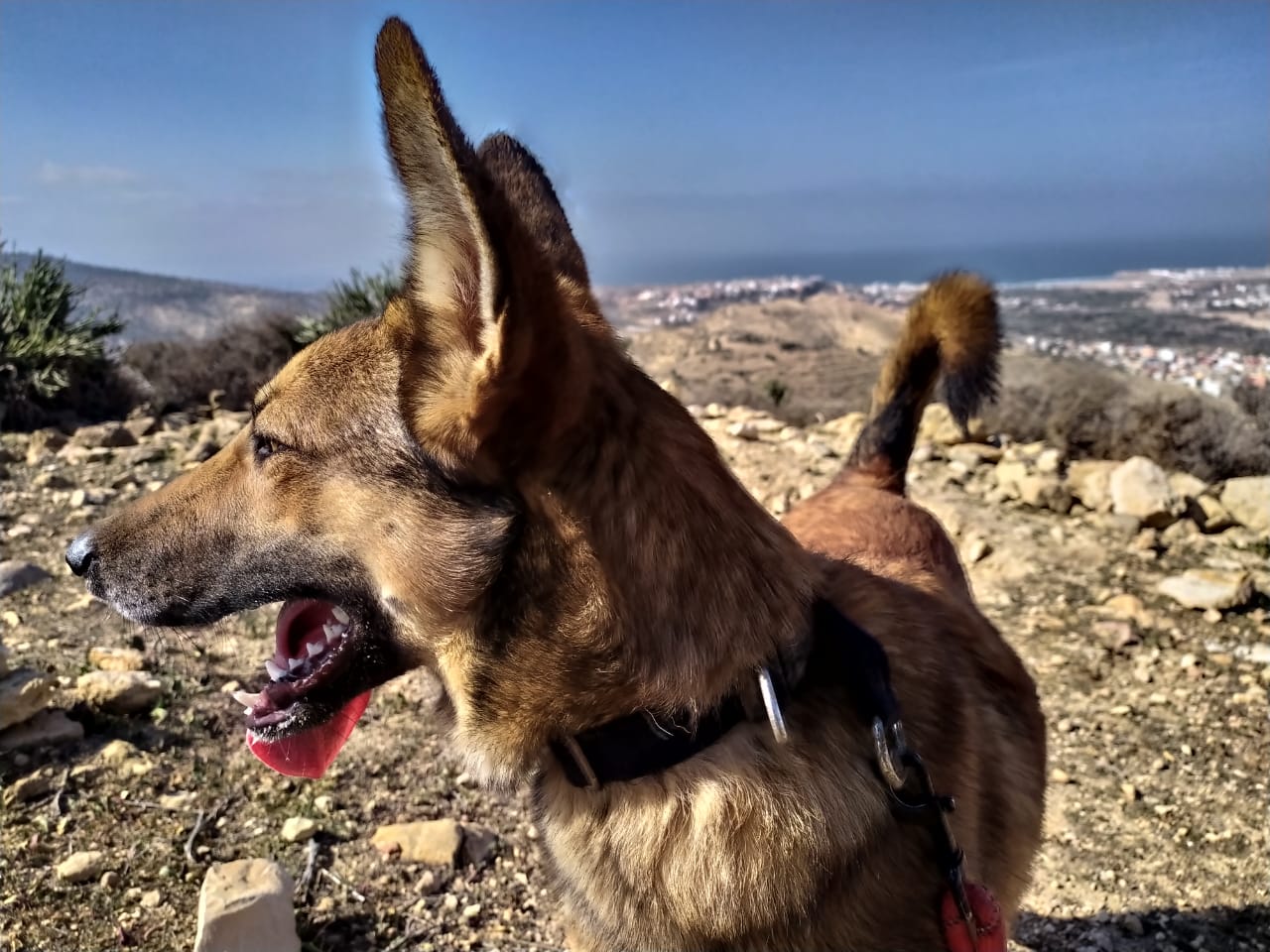
They often encounter dangerous situations like dogs with rabies, but they still take the risks in order to make the Agadir area a safe, rabies free environment. By castrating and sterilizing the dogs and cats they can fight the number of stray animals in the future. They use their Instagram and Facebook account to raise awareness on the problems in the Agadir area regarding stray animals and try to fight the slaughtering of the animals by local people. By vaccinating as many animals as possible and giving them a visible ear tag, they hope to fight the slaughtering and show that these animals are not dangerous to people.
My experience with MAA
As I already said above, during my time in Agadir I wanted to volunteer for the stray animals in Agadir. After some Googling I stumbled upon Morocco Animal Aid and I immediately fell in love with their animals and their work. After contacting them it became clear that they could really use help in hiking with the dogs. As I only had the weekends off, this was perfect for me as I could still help them out! Hiking with the dogs only takes around 2 hours and is a great experience and workout at the same time.
Imagine holding one, two or three dogs and going up and down the mountains. I have learned to not overestimate my strength as this is definitely not the same as walking a dog in the flat flat Netherlands. These dogs are happy to be out, full of energy and very very strong, so walking these dogs is definitely a good exercise haha!

To be honest, it felt absolutely amazing to be part of such an amazing initiative. You can really make a difference to the people working there full time and of course to the animals. I am so inspired and amazed by the woman who set everything up. She left Australia for Morocco and started this animal organisation about 4 years ago. To leave your life behind and start doing something so good for the world, I really think that is beautiful!
Of course, unfortunately, it does not always turn out well and they lose animals like dogs, cats or donkeys, but at least you know that these animals died while they were fully loved by the people of Morocco Animal Aid. Because that is what they do, they love and show love to every single one of the animals.
MAA in COVID-19 quarantine
Unfortunately, the COVID-19 has also reached Morocco, which caused the country to go in a full lockdown since half March, and it got extended to June 10.. For Morocco Animal Aid this is absolutely devastating as almost all of their volunteers had to leave Morocco and go home. Vets are now often closed and animals cannot get the help they need. The people at the shelters work day and night to make sure that the animals will survive. Unfortunately, they recently also lost a lot of puppies to the Parvo disease..

What can you do?
As a rather small organization but with many animals, they are dependent on donations and help by people like you! If you are in the Agadir region (Agadir, Taghazout, Tamraght, Aourir), you can help them out by going for a hike with the dogs, as they do not have time and volunteers enough to walk with every single dog. Right now, the dogs go out for a hike once a week, which is of course not enough!

Hiking with the dogs
Going for hikes is really something beautiful. You can see the energy of the dogs and how much they love to go outside and explore the area. The shelter is located near some nice mountains where you can hike to the top for a beautiful view over Aourir and the sea. It is crazy to think that a simple thing like walking a dog can have such a big impact on an organisation like this and its animals.

Bringing supplies
If you are in the Agadir region but you do not have time to go for a hike, you can also donate for instance your old towels. With this many animals, there is always a need for new materials like warm towels. Of course, you can also buy them food or cookies or other supplies!
Donations
One of the most important things they need to help out these poor animals is of course money. As they are dependent on donations and going to the vet for treatments is often expensive, they can use all the financial help they can get. So if you do not have time or you cannot help the animals physically, you can also choose to donate an amount of money.
Here are some useful links:
https://donorbox.org/morocco-animal-aid
https://www.gofundme.com/f/MoroccoAA
Donate@moroccoanimalaid.com – Email

Adopt, don’t shop!
Last but not least, if you love dogs as much as I do and you have some space left in your house and time left in your life, you can also choose to adopt one of these cute babies! Remember that by adoption, you can save a life and give the animal the best life he or she could ever wish for. I know for sure that once I have a house and a steady life, I will come back to Morocco…
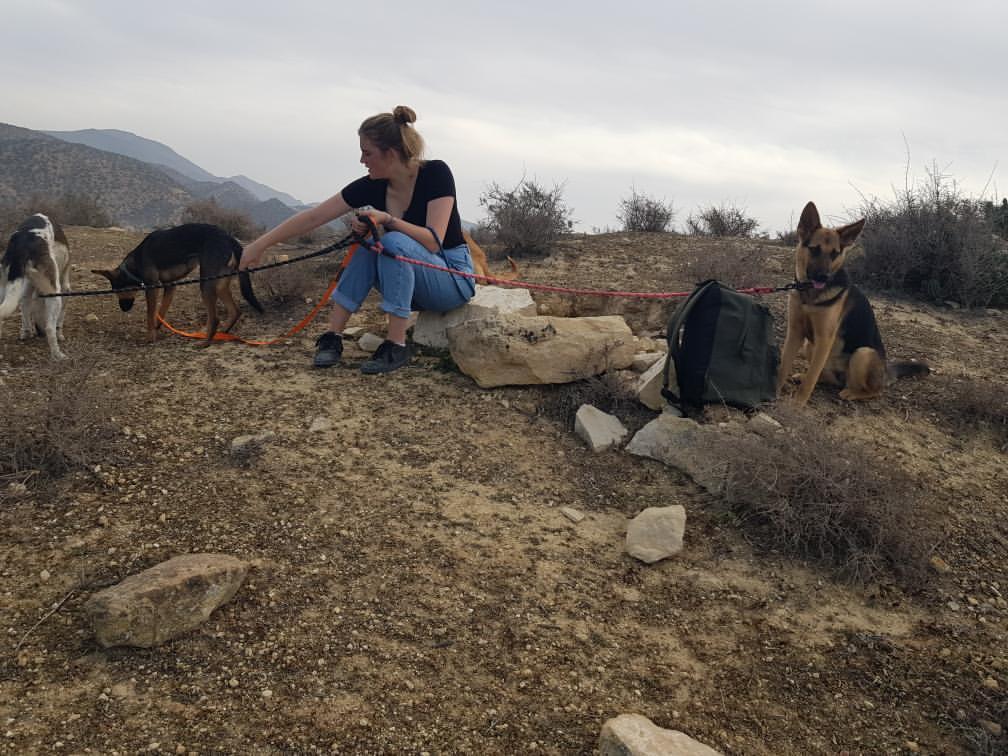
Follow MAA on their socials and check out their website for more information on how you can help!
@moroccoanimalaid – Instagram
https://donorbox.org/morocco-animal-aid
https://www.gofundme.com/f/MoroccoAA
Donate@moroccoanimalaid.com – Email
If you have some questions about Morocco Animal Aid or other remarks, please leave a comment or contact me!









